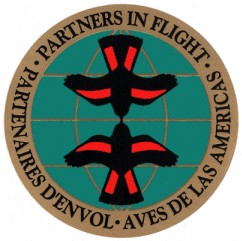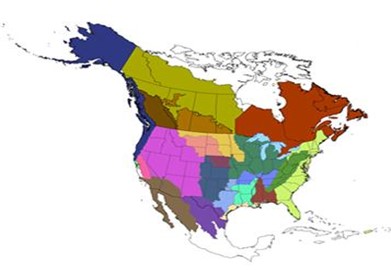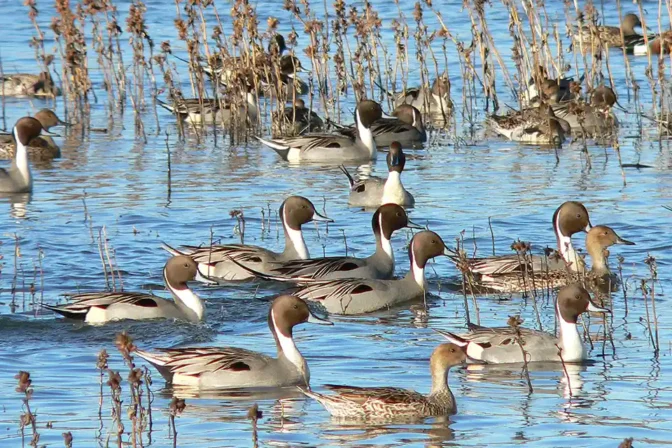The Regional Arm of International Collaboration
Like all Joint Ventures, the CVJV takes conservation priorities and objectives that have been identified at national and international levels, and work to address them at the regional level.
Get to know the majors plans and initiatives our work supports.
A model for international conservation. Signed in 1986 by the United States and Canada and in 1994 by Mexico, the North American Waterfowl Management Plan is the foundational bird conservation partnership upon which many others have been built. Through the years there has been many updates, in fact, the 2024 draft update is available for review.
North American Waterbird Conservation Plan
Conservation requires a broad range activities over a huge geographical area, multiple scales of planning and implementation, and the involvement numerous partners from government and nongovernmental organizations, from the scientific community, and from local citizenry. The Waterbird Conservation for the Americas initiative was launched to facilitate and guide these activities.
U.S. Shorebird Conservation Plan
The U.S. Shorebird Conservation Plan provides a scientific framework to determine species, sites, and habitats that most urgently need conservation action. Main goals of the plan, originally completed in 2000, are to ensure that adequate quantity and quality of shorebird habitat is maintained at the local level and to maintain or restore shorebird populations at the continental and hemispheric levels.
North American Bird Conservation Initiative
Established in 1999, the U.S. North American Bird Conservation Initiative (NABCI) Committee is a coalition of state and federal government agencies, private organizations, and bird initiatives in the United States working to ensure the long-term health of North America’s native bird populations.
Partners in Flight
Since 1990, Partners in Flight celebrates advancing full life-cycle conservation of landbirds in the Americas via sound science, integrated conservation partnerships, habitat delivery on public and private lands, and targeted citizen outreach.
Our Members' Achievements
CVJV Implementation Plan
The CVJV Implementation Plan provides practical information to guide policymakers, state and federal agencies, local governments, private landowners, and others, working collaboratively to improve the Central Valley for birds and people.








